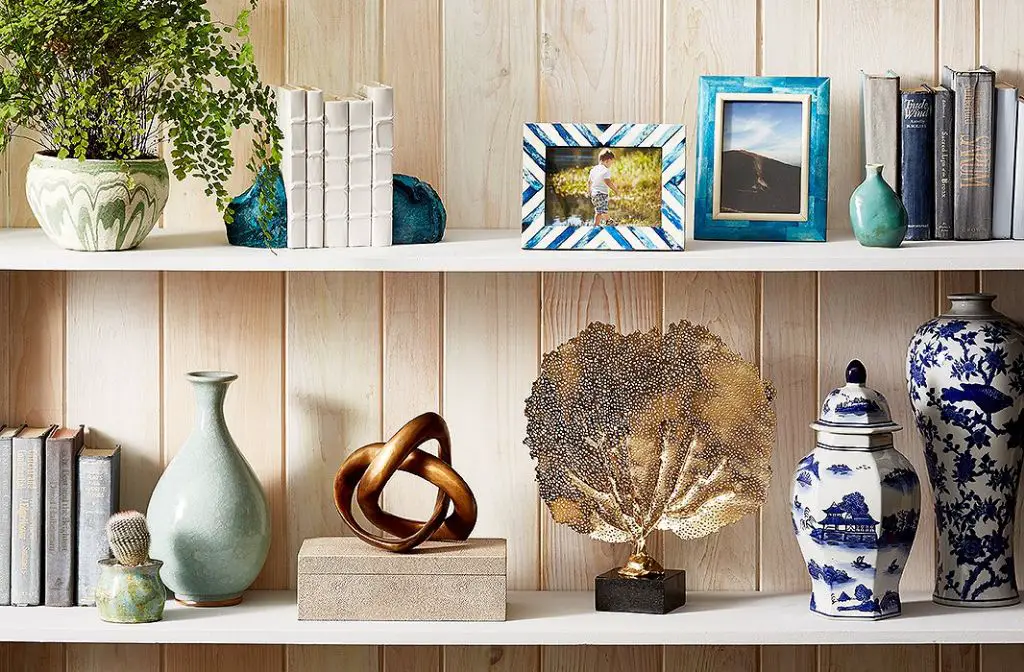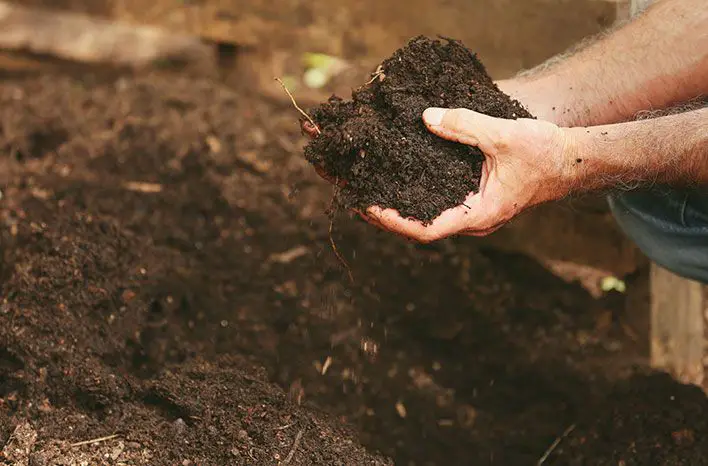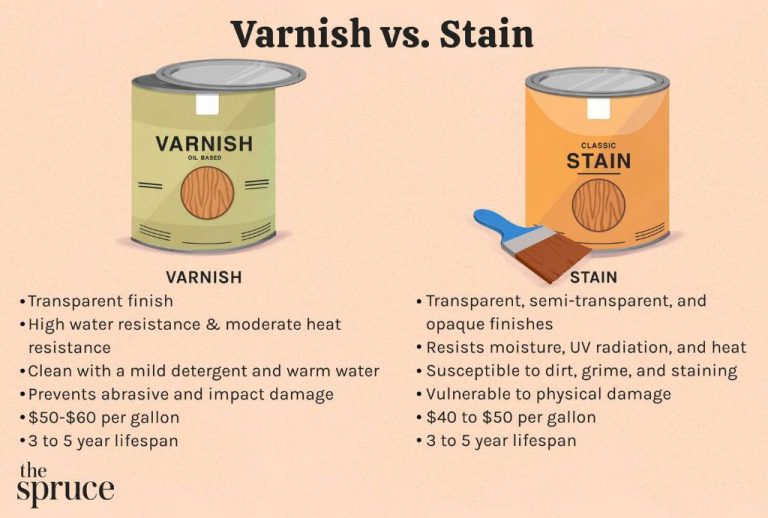Is Stoneware A Plastic?
What is Stoneware?
Stoneware is a type of pottery that is made from clay and various minerals such as feldspar and silica. It is fired at high temperatures ranging between 1,200°C to 1,300°C which causes the clay to become vitrified and non-porous 1.
The Merriam-Webster dictionary defines stoneware as “a strong opaque ceramic ware that is high-fired, well vitrified, and nonporous” 1. It is dense, hard, and impermeable even without glaze. The vitrification transforms the clay into a more glass-like material making it less permeable and more durable.
Unlike earthenware which is fired at lower temperatures and is more porous, the higher firing temperatures of stoneware creates a non-porous material that does not require glazing to be impermeable to liquids2. However, glazes are still commonly applied to stoneware pieces for decorative purposes and to create a surface coating.
Stoneware Composition
Stoneware is made from clay that has had water added to it to form a moldable paste. The clay
used in stoneware typically contains minerals such as feldspar, silica, and other materials that
help vitrify and strengthen it when fired. According to What is Stoneware: The Ultimate Guide to This Must-Have Home Material from Wayfair, “Stoneware includes a combination of natural clay soil, natural minerals (like kaolin, vermiculite, quartz, or montmorillonite) and water.”
Additional non-plastic materials called grog may be added to the clay body. Grog refers to previously fired and ground up clay or ceramic material that creates voids in the finished product, reducing shrinking and cracking. As noted in A 101 Guide: Understand the Types of Ceramic Used in China Plates from Pito China, “Stoneware is made from a combination of clay, such as kaolin, ball clay, and silica. These materials are mixed together to form a clay body.”
Stoneware Production Process
Stoneware is produced from natural clay that is first mixed with water to form a wet clay. This wet clay is shaped and molded into the desired forms and shapes. After the shapes are formed, the clay pieces are fired in a kiln at extremely high temperatures reaching over 2,000°F or 2200°F according to sources ([1], [2]). Firing at these high temperatures causes the clay to become hardened and very durable.
Properties of Stoneware
Stoneware is a type of vitreous pottery that is fired at high temperatures ranging between 1200°C and 1300°C, resulting in non-porous and durable properties (Wannagon, 2012). The high firing temperatures create a dense, hard body that has very low porosity and absorption (Ripublication, 2018). Some key properties of stoneware are:
- Vitreous and non-porous – The high firing process vitrifies the clay, which fills the pores and makes it impervious to water (https://www.sciencedirect.com/science/article/pii/S0272884212001277). This prevents absorption and improves its resistance to liquids.
- Resistant to liquids – The non-porous nature makes stoneware resistant to liquids and impermeable to water. It does not require glazing to hold liquids (https://www.ripublication.com/ijaer18/ijaerv13n6_16.pdf).
- Durable but can chip or crack – Stoneware has high mechanical strength and is durable for everyday use. However, being brittle, it can chip or crack under impact (Wannagon, 2012).
Types of Stoneware
There are two main types of stoneware pottery based on their end use:
Utilitarian Stoneware
Utilitarian stoneware refers to functional wares used for daily tasks. Common examples include crocks, jugs, bowls, and mugs. Utilitarian stoneware is thick, durable, and often left unglazed on the interior surface. It can withstand high temperatures and is ideal for baking, cooking, and food storage. The thick walls retain heat well. Many utilitarian stoneware pieces are made on a potter’s wheel and then decorated using techniques like sprigging, stamping, or incising.
Artistic Stoneware
Artistic stoneware covers decorative objects like vases, sculptures, and figurines. These pieces showcase the workability and aesthetic potential of the clay. Artistic stoneware can have delicate, thin walls unlike utilitarian wares. The surfaces are usually covered in vivid glazes for ornamental purposes. Intricate detailing, carving, and coloring effects are often applied. While not strictly functional, artistic stoneware demonstrates the creative possibilities of the medium.
Within these two categories, there are countless styles and varieties of stoneware pottery. Every culture and era has developed unique regional stoneware traditions based on needs and artistic trends.
History of Stoneware

Stoneware originated in China over 2000 years ago during the Shang dynasty (1600 BC – 1046 BC). The earliest known examples of Chinese stoneware come from pottery fragments discovered at archaeological sites from that time period. The knowledge and techniques for producing stoneware then spread from China to other parts of Asia including Japan and Korea over the following centuries.
Stoneware was later introduced in Europe during the Middle Ages around the 12th-13th century. German potters began experimenting with producing stoneware using locally available materials. By the 15th century, stoneware production was flourishing in Germany which was known for its salt-glazed stoneware. Stoneware production then spread across Europe over the next few centuries.
In North America, the earliest stoneware was produced starting in the 17th century by colonists on the east coast. By the 19th century, American stoneware production expanded and became an important industry especially in the Ohio River Valley region.
Sources:
https://www.shstoneware.com/blog-what-is-stoneware/
https://thepotterywheel.com/what-is-stoneware/
Uses of Stoneware
Stoneware has many common uses today, both for functional kitchenware and artistic pieces. Its durability and ability to withstand high temperatures makes it a popular choice for plates, mugs, bowls and other serving dishes. According to TheSkillfulCook, “Stoneware’s hardwearing properties mean it’s perfect for frequent use – hard to chip, scratch and stain. This makes it an ideal choice for everyday plates, bowls and mugs”[1](#cite_1). Many brands like Le Creuset and Denby produce beautiful, high-quality stoneware dishes and cookware for the kitchen.
In addition to kitchenware, stoneware is also valued for artistic pieces like vases, figurines and decorative objects. The clay can be molded and shaped into intricate designs once fired. Artists appreciate stoneware’s earthy, natural look and feel for sculptural works. Quality stoneware maintains its color vibrancy and finishes beautifully, making it suitable for display. Overall, stoneware offers versatility for both kitchen functionality and artistry.
[1] https://theskillfulcook.com/stoneware-vs-ceramic/
Is Stoneware a Plastic?
Stoneware is not considered a plastic, despite the misleading term “plastic clay” sometimes used to describe it. Plastics are synthetic materials derived from organic polymers such as polyethylene, PVC, nylon, and polypropylene. Stoneware, on the other hand, is an inorganic ceramic material made from natural clay that is fired at high temperatures between 2200°F to 2400°F.
The key differences between stoneware and plastics are:
- Plastics are made from organic polymers while stoneware is made from inorganic clay.
- Plastics are synthetically produced in chemical plants while stoneware is made from naturally occurring clay.
- Stoneware is fired at extremely high temperatures which changes its molecular structure. Plastics maintain their polymeric structures.
- Stoneware is porous. Plastics are non-porous.
- Stoneware is heat resistant. Most plastics melt or burn at high temperatures.
So in summary, while the term “plastic clay” is sometimes used, stoneware is fundamentally different from polymeric plastic materials in its composition, production, and properties.
Differences Between Stoneware and Plastic
Stoneware and plastic dinnerware have some key differences in their material composition and manufacturing process:
Plastic dinnerware is made from synthetic polymers such as polyethylene or polypropylene that are derived from petroleum. These plastics are formed into dinnerware through processes like injection molding. Plastic is a fully synthetic and man-made material.1
In contrast, stoneware is made from natural clay that is shaped and fired at high temperatures. It contains some feldspar and other natural minerals that give it its durable properties after firing. So stoneware starts from natural raw materials rather than synthetically produced polymers.2
This leads to a key difference – plastic dinnerware is a fully synthetic and man-made material, while stoneware comes from natural clay materials and minerals. Plastic requires petroleum extraction and polymer processing, while stoneware uses clay from the earth.
Conclusion
Based on this analysis, it’s clear that stoneware is not a plastic. Stoneware is made from natural clay that is shaped and fired at high temperatures in a kiln. The key properties that define stoneware are its partially vitrified, non-porous body, and its light color. Stoneware has been produced across many cultures for thousands of years, and is commonly used to make pottery, crockery, and artware. While plastics are largely synthetic polymers derived from petrochemicals that can be molded when soft, stoneware is an inorganic, non-metallic solid that must be formed and fired at high heat.
In summary, stoneware and plastic are fundamentally different materials in terms of their composition, production, properties, and uses. So while they share some superficial similarities in terms of being moldable solids, their underlying chemical and physical nature marks stoneware definitively apart from modern plastic materials.



